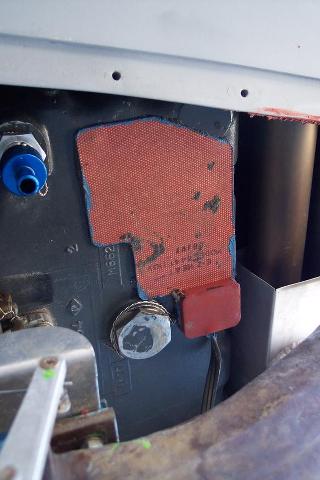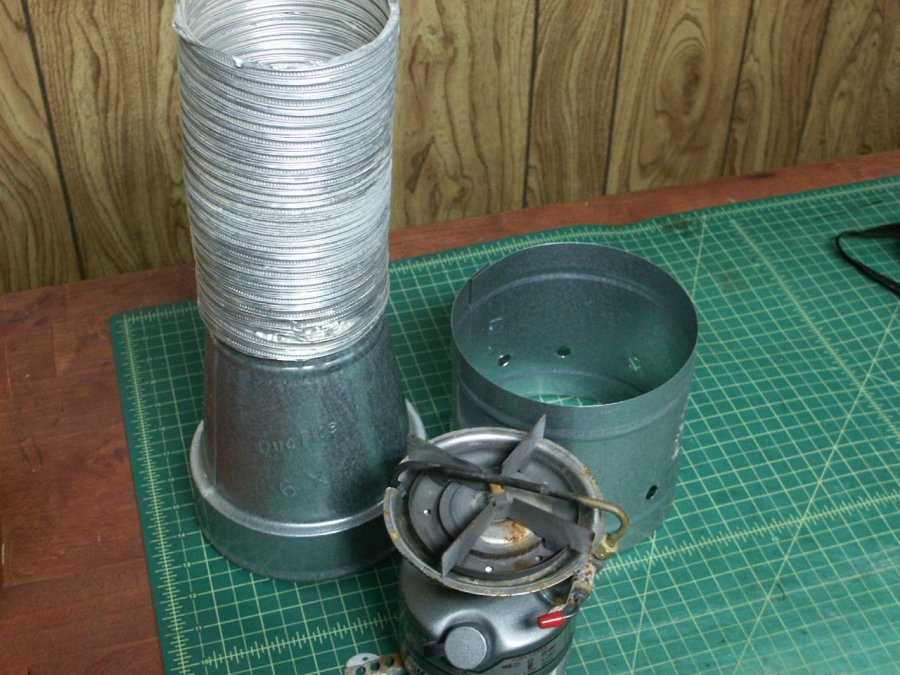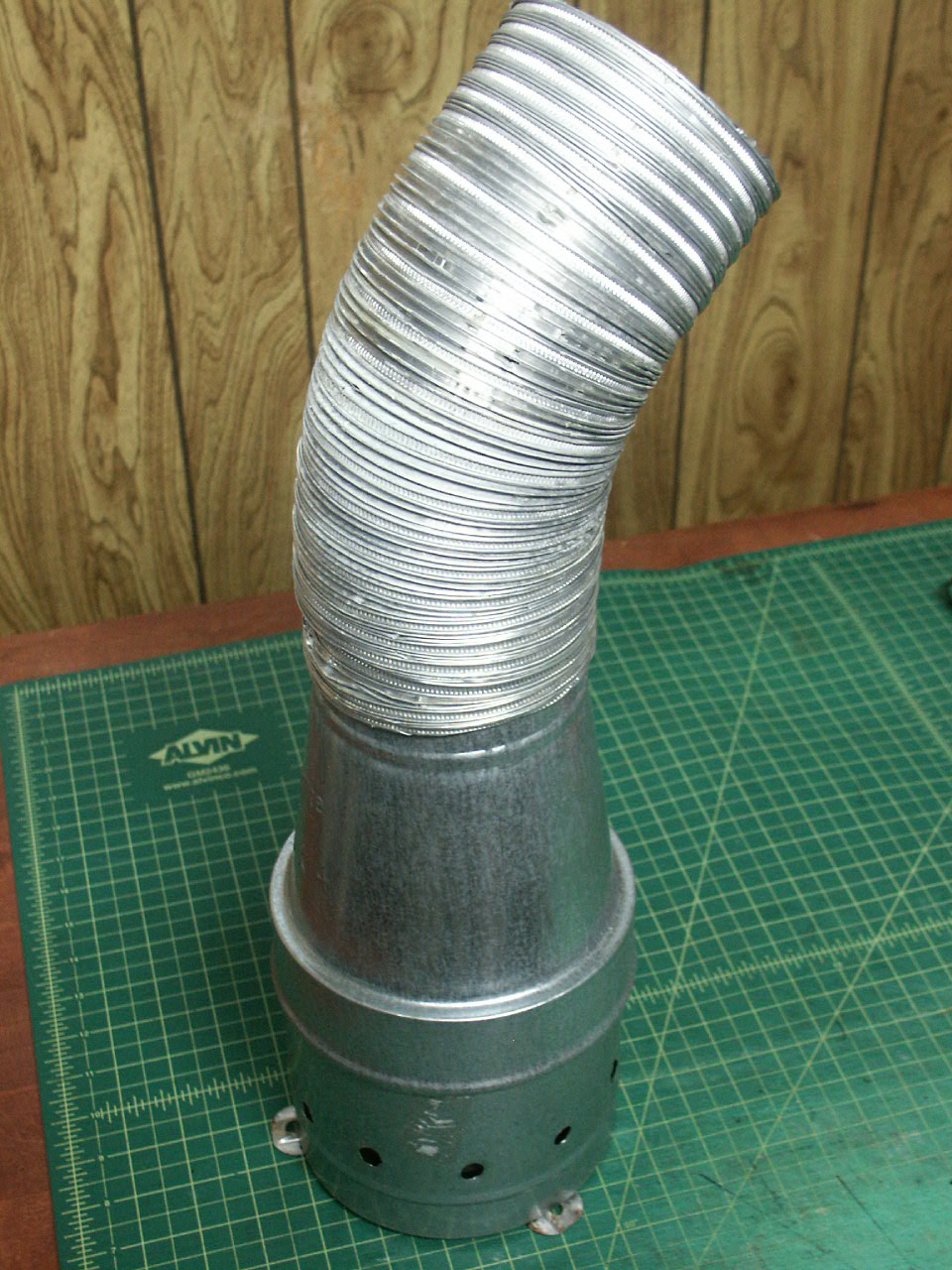Guy Prevost
Well Known Member
Since I only have about 20 hours on the Barrett engine rebuild I'm extra sensitive about preheating right now. It's no problem at home, but traveling seems to be a different story.
A few weeks ago, we flew into Telluride. The FBO happily preheated me for a fee. As I was preflighting I noticed outlets on the ramp--it turns out I could have plugged in there for free--it didn't even occur to me to ask.
This weekend I'm headed to Denver Centennial (KAPA). The lady on the phone at Jet Center didn't think they could preheat a piston airplane. That seems surprising to me, but it's not supposed to be that cold on Sunday afternoon so no big deal.
What do you guys do?
A few weeks ago, we flew into Telluride. The FBO happily preheated me for a fee. As I was preflighting I noticed outlets on the ramp--it turns out I could have plugged in there for free--it didn't even occur to me to ask.
This weekend I'm headed to Denver Centennial (KAPA). The lady on the phone at Jet Center didn't think they could preheat a piston airplane. That seems surprising to me, but it's not supposed to be that cold on Sunday afternoon so no big deal.
What do you guys do?







